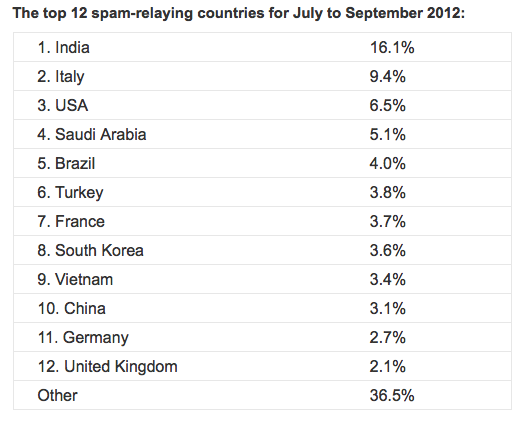Danielle Arad| Cloudtweaks
The next big thing in the evolution of internet is the industry of Cloud Computing. With technological advancements making a leap in every quarter of the year, new methodologies are being devised to meet out the requirements of millions of users worldwide. The field of Cloud Computing has greatly eased the cognitive dissonance caused by multiple user experiences, thereby acting as a bridge to create the same UX across all platforms, namely – tablets, PCs, smartphones, and even televisions.
Though the Cloud is a fairly recently coined term, the actual concept of Cloud Computing dates way back when mainframes were used to access information in colleges and corporations with the help of a terminal computer. The great saying of the famous scientist John McCarthy, “Computation may someday be organized as a public utility,” back in 1960, has become a reality now. Clearly, the ever-expanding field of the Internet has played a pivotal role in taking the Cloud to the next level. By doing so, apart from enhancing the UX, the collaboration between Cloud and the Internet greatly helps businesses cut short their IT expenses by outsourcing their maintenance and operations to that of the Cloud provider.
Cloud Computing – How it is being done?
Based on the requirements of clients and on various factors like cost, user experience, etc., Cloud Computing has four primary deployment methods:
1. Public Cloud: The widely used Cloud that is available for the general public, free of cost or through a pay-per-use model, gaining access only via the common medium – the Internet.
2. Private Cloud: These types of Clouds are possessed by business organizations that want its data to be secured and easily customizable.
3. Community Clouds: Shared modules between organizations specialized in a similar industry constitute Community Clouds.
4. Hybrid Clouds: When any of the above three types of Clouds are in unison in any acceptable combinations, it forms a hybrid cloud in which each cloud still remains a unique entity, but enjoying the benefits of multiple deployment.
Now, with our focus on Public Cloud Computing, which is being put to use in Web-based applications on our laptops, tablets, and smartphones, let us look into the major platforms, which this type of computing has revolutionized.
1. Software as a service: This is the major share of the Cloud Computing industry, which is being explored by various walks of technology in greatly enhancing the user experience. Some of the notable service providers are Google Apps, iCloud, Oracle, etc.
2. Security as a service: This includes integration of security service infrastructure like anti-virus, anti-spyware applications for large businesses who wish to have stringent maintenance of their security concerns.
3. Network as a service: The usage of network connectivity services with that of the inter-cloud computing services, which is being offered to users in order to optimize resource allocation.
There are many more services that have been benefitted greatly by Cloud Computing in the areas of infrastructure, storage, data sharing and much more.
How has Cloud Computing enhanced UX?
With Cloud Computing benefiting huge business conglomerates, the end-result of all of this comes down to satisfy the users and enhance their user experience every time they use the app or software. Below are examples of Cloud services defined by characteristics that enhance the experience of its users.
1. Agility: The speeds with which users get prompt information from Cloud providers have been really surprising. Such is the efficiency of these systems, such as Amazon S3, which takes very minimal time for users to get accustomed to. All that is required to keep up with the agility of the Cloud provider is a fast internet connection, which will further boost the users’ joys.
2. On demand self-services: Services such as WalkMe and other Web applications are provided to the users without any interaction with any of the service providers. These on-demand self-services put one in awe to the level Cloud computing can reach in enhancing UX.
3. Multi-tenancy: Box adopts this great aspect of Cloud Computing has helped regional users to share information with a large pool of users worldwide thereby extending the horizons of users to a great extent.
4. Location independency: Browsers and applications on our mobile devices and desktops are said to get accustomed based on the location from which a user is operating. Services such as CloudOn greatly facilitate users with social aspects to already enriched user experiences, bridging the gap of distance to increase productivity among people.
With the growing technologies in the Cloud computing sector, the future is about to see a whole range of applications and services that take user experience to the next level.












